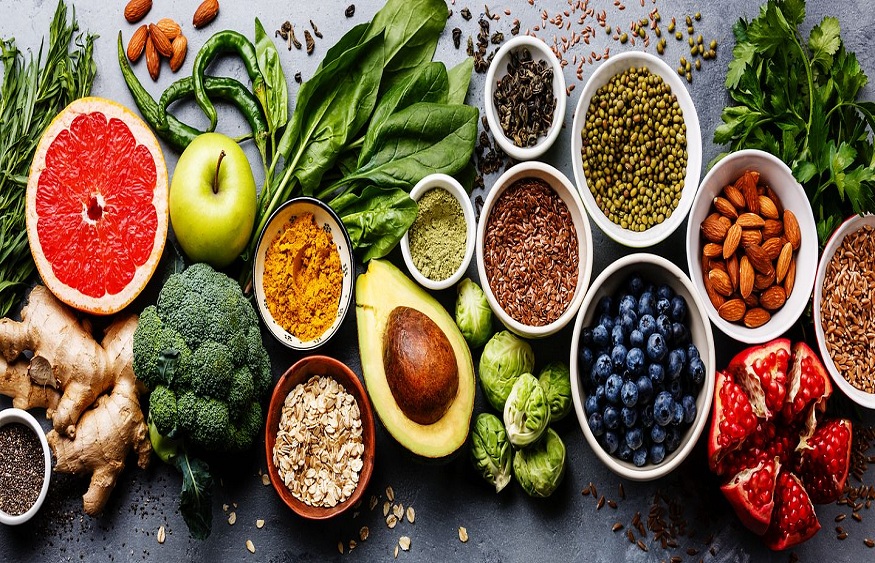To enable the most disadvantaged to have access to healthy and sustainable food, and to initiate a change in eating habits, the supply of fresh produce must be improved. Like the population as a whole, people who have recourse to food aid are far from the recommendations of the National Nutrition and Health Plan (PNNS) in terms of nutritional quality. Action No. 13 of the TerrItoire d’innovation “Dijon, sustainable food 2030″ is part of this reflection. Designed between 2018 and 2021, it is coordinated by the city’s social action center in partnership with the social grocery stores of Dijon Métropole, with the scientific support of Valentin Bellassen, INRAE research director of the CESAER unit. A new system of arrowed amount, significant– an amount of around €30 person/month (under discussion) – to promote and enable the purchase of fresh fruits and vegetables and local, quality pulses will be set up this year. This is not the first time that this device has been considered. The major innovation of the project is based on an increase in the amount compared to past experiences, the sum of which is far too low (€6/person/month) explains their failure. “It is an objective that we share with our partners to help the less wealthy to improve both the nutritional and environmental quality of their diet”, declares the research director.
But beforehand, it is necessary to focus on strengthening the power to act (“empowerment”) of the thousand beneficiaries of the project. The objective is to empower them to make more informed choices. One of the social grocery stores is leading a series of actions around 3 main themes: inspiring people, tips and tricks (cooking workshops with a chef, for example), (re-) gaining confidence in the subject of food. The interested parties are involved in the choice of actions with the management of the association and its leader.
By how much does potency and target amount increase fruit and vegetable consumption?
The role of CESAER economists is to manage the mechanism for evaluating the actions of grocery stores, before and after their deployment, in collaboration with CSGA behaviorists: by how much the power to act and the amount targeted, increase consumption fruits and vegetables? Do they increase the nutritional quality and decrease the environmental impact of the diets of food aid recipients? To provide answers, an innovation from Montpellier colleagues has been adapted: the supply book. Every month, people record their receipts and write down their food purchases outside receipts. Added to this is the work of researchers with grocery stores to improve receipts, make the labels more explicit and more informative by classifying them in more specific food categories, from a nutritional and environmental point of view, compared to the old tickets. A food frequency questionnaire is also submitted to beneficiaries when they join the project. The data set thus collected on the nutritional and environmental quality, the unit cost of purchases will serve as a basis for arguing the targeted amount. Its future format, paper check or credit on the account of beneficiaries in grocery stores, remains to be defined. The data set thus collected on the nutritional and environmental quality, the unit cost of purchases will serve as a basis for arguing the targeted amount. Its future format, paper check or credit on the account of beneficiaries in grocery stores, remains to be defined. The data set thus collected on the nutritional and environmental quality, the unit cost of purchases will serve as a basis for arguing the targeted amount. Its future format, paper check or credit on the account of beneficiaries in grocery stores, remains to be defined.
Valentin Bellassen says he is optimistic for the future of this system in view of the experiments conducted abroad with substantial amounts. “We can expect the device to measure the quantity of fruits and vegetables consumed by the beneficiaries and the nutritional quality of their food. The transition of diets, including for less favored populations, is a very important issue.

